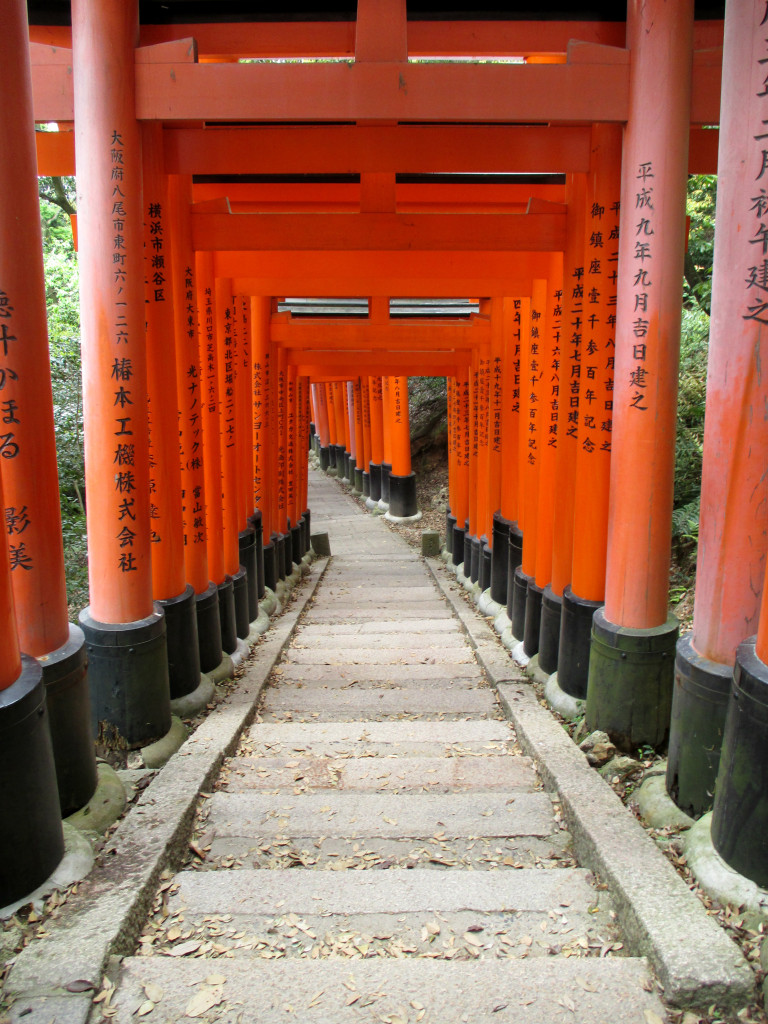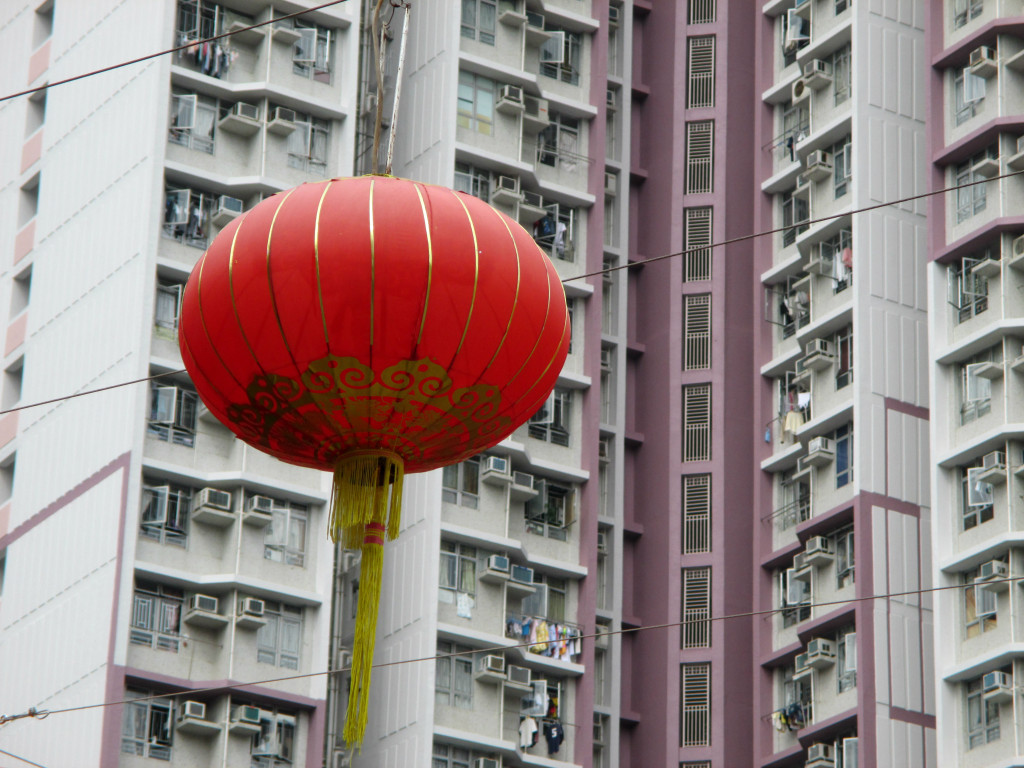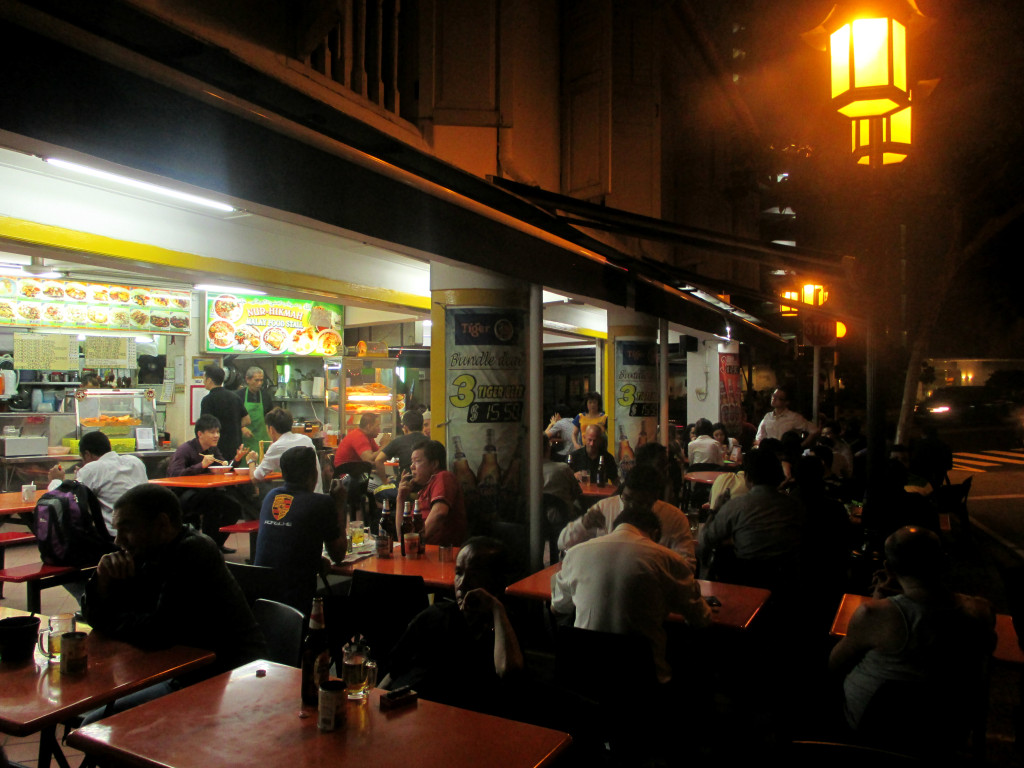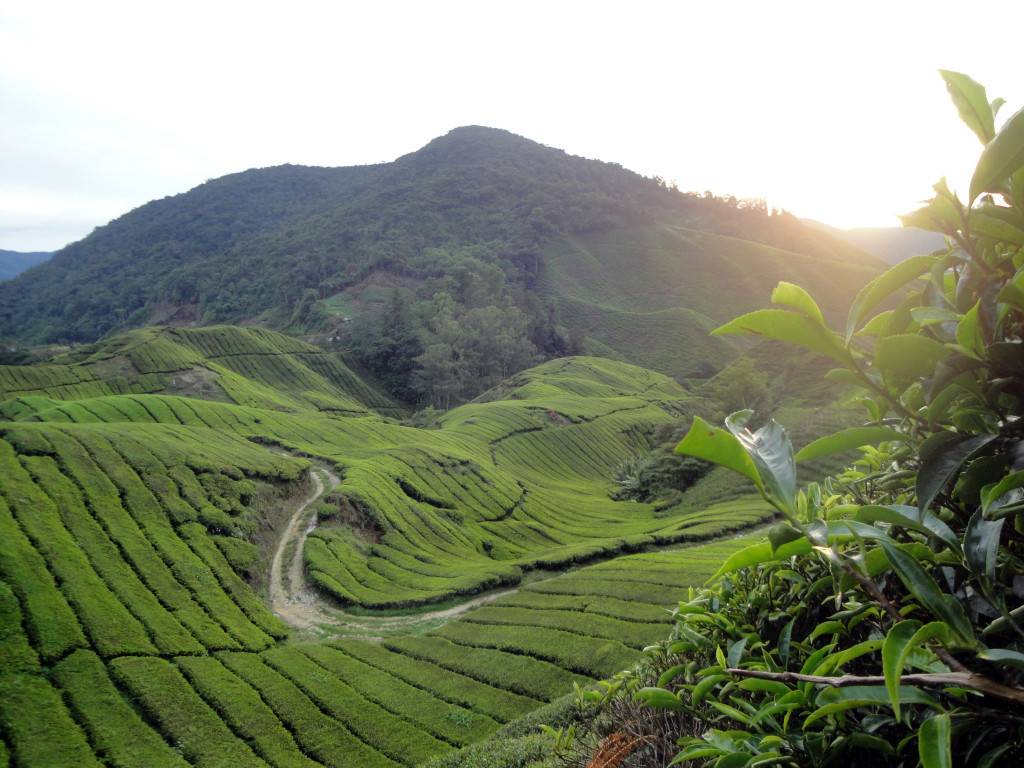Published on August 1, 2015 in the Singapore American Newspaper:
When you live surrounded by the glossy newness of Singapore’s infrastructure, it’s hard not to be impressed by the dignity of Kyoto’s several thousand years of architecture. Formerly the imperial capital of Japan, this city is a bastion of the nation’s culture and is rife with UNESCO World Heritage Sites. My husband, however, couldn’t get over the fact that progress seemed to have halted in the early 1990s, when Japan’s economic bubble collapsed And yet the trains still run perfectly, the buildings are old but not decrepit, and the analog ticket machines work without a hitch. If your impression of Japan was formed by sushi restaurants, anime, and the somber economic statistics, a visit to Kyoto will reveal a nation of more depth and breadth than you can imagine. This is a country that knows itself, that treasures its multilayered identity, and is content to move at its own pace.
Kyoto is home to over 1,600 Buddhist temples and 400 Shinto shrines, big and small, and you can spend weeks going from one to another. Instead of hitting sites at random, I suggest doing research beforehand to hone in on the temples and shrines you really want to see, and then plan a route accordingly. My top three are as follows:
1) Fushimi Inari Taisha. You’ll want to set aside at least half a day to wander dreamily through the endless corridors of red-orange torii gates trailing up the mountain.
2) Heian Jingu. The vivid shrine buildings are reason enough to visit but it’s the stunning traditional gardens (which took 20 years for gardener Jihei Ogawa to perfect) that elevate this expansive site to magical.
3) Kinkaku-ji. Probably the most well-known temple in Kyoto, this is a popular site well worth the crowds. It doesn’t matter when you go, as every season renders the gold temple picturesque for different reasons.
Other temples and shrines I recommend are: Ginkaku-ji for its lush moss gardens, Kiyomizu-dera for the views of Kyoto, Daitoku-ji for its bouquet of sub-temples and historic Zen gardens, and Yasaka Shrine for a night walk. Though of course, there are thousands more.
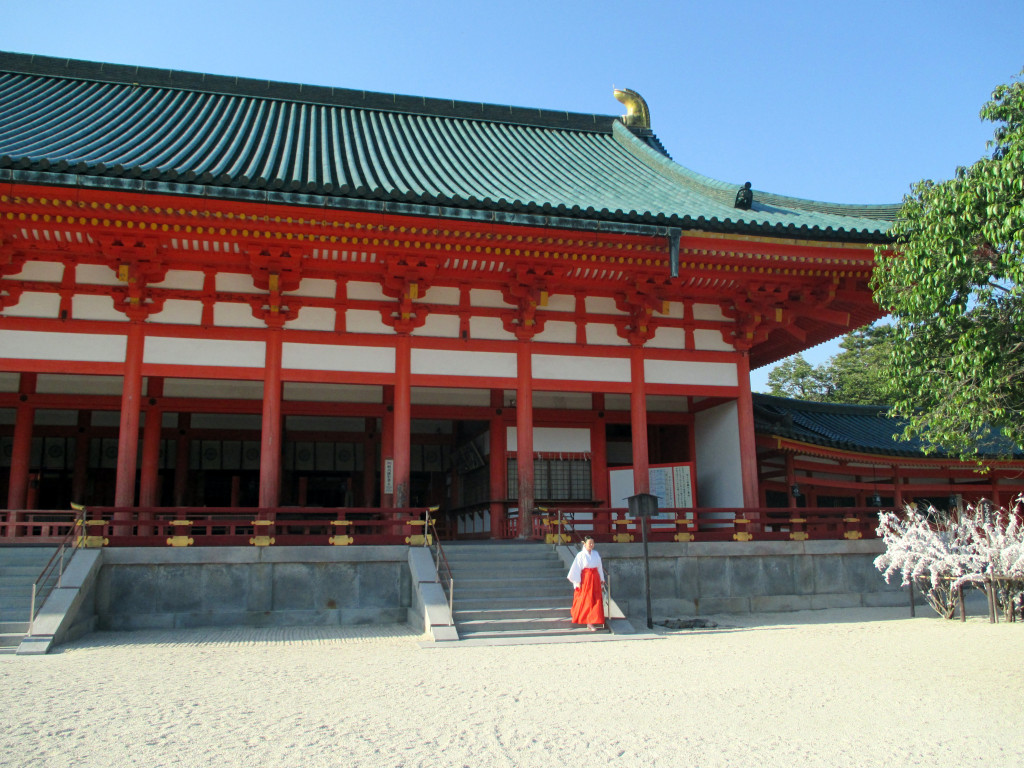
Heian Shrine
Since it is possible to overdose on temples, take advantage of your time in Kyoto to experience some of Japan’s traditional arts. It’s easy to spend an entire afternoon just strolling along the preserved streets of Gion, the country’s most famous geisha district. While genuine geiko (the local term for geisha) and maiko (geisha in training) can be spotted in the evenings, you’re more likely to see women in colorful kimono during the daytime. Many of these are tourists who have dressed up for the day. If you’re eager to join them, there are a number of shops that will rent you an entire outfit, from the socks and shoes to the elaborate hairpins. The geiko and maiko still visit and entertain at the teahouses dotting Gion, and during cherry blossom season they give an annual dance performance called Miyako Odori (literally “Dances of the Old Capitol”), which we were lucky enough to catch. If you’re in town during the month of April, it would be a shame to miss. Gion is also the perfect place to buy high quality souvenirs, such as handmade pottery, paper fans, goods crafted from kimono style fabrics, lacquer ware, origami paper, green tea leaves, matcha powder, and more. While a formal Japanese tea ceremony can last up to four hours, a cozy teahouse just off the main stretch of Gion called En offers visitors a taste of the elaborate rituals. With explanations in English and the opportunity to try whisking green tea powder ourselves, it was an informative yet calming experience for everyone.
Kyoto’s geographic location and Japan’s comprehensive train system make it easy to incorporate several day trips into any itinerary. Osaka, Nara, Kobe, and Himeji are all less than an hour on the JR Line and each offers something different: delicious food and energetic nightlife in Osaka, a sprawling park overrun with friendly deer in Nara, the famous beef in Kobe, and the brilliant white, immense 680-year-old castle that is the centerpiece of Himeji. Before your trip, you can purchase a JR Rail Pass for the Kansai region, which will allow you to move between these cities with ease.
Of all the day trips we took, Arashiyama stands out. A mountainous district on the western outskirts of Kyoto, Arashiyama is known for its scenic beauty and restful atmosphere. The shallow, slow-flowing Ōi River is peppered with small boats full of day trippers. Paths into the leafy hills lead you to such gems as Matsunoo Taisha, one of the oldest shrines in the Kyoto area, as well as the Iwatayama Monkey Park, the ethereal bamboo forest, and a stone engraved with four poems written by Zhou Enlai, who was inspired during his visit to Arashiyama. After a long day of strolling along the river and basking in the gorgeous surroundings, a soak in one of the many onsen (hot springs) was heaven.
Once known for being a challenge for non-Japanese speaking visitors, Japan has gone to great lengths to make navigating its streets less scary. Buses and trains announce stops and tourist attractions in English. Station names and signs directing you to nearby sites have all been translated. The majority of restaurants we ate in had an English menu on hand. However, it’s the Japanese people that make Japan a genuine joy to visit. Their renowned politeness is often referenced as a joke or a cliché, but it’s impossible not to appreciate when you come face to face with it.
For example, after wandering through the beautiful Isuien Garden in Nara, I asked the attendant of the gift shop if he happened to know the English name of a splashy pink flower blooming across the grounds. He said he wasn’t sure as he only knew its Japanese name; would I mind waiting a moment? I heard him phone the woman manning the entrance and overheard her say that she didn’t know it either. The attendant returned to me with a regretful bow and a sincere apology, all over the name of a flower. It’s the effort put in when there’s no need, the almost obsessive attention to detail, and the cherishing of true quality that make Japan an exceptional and exquisite place to visit..
